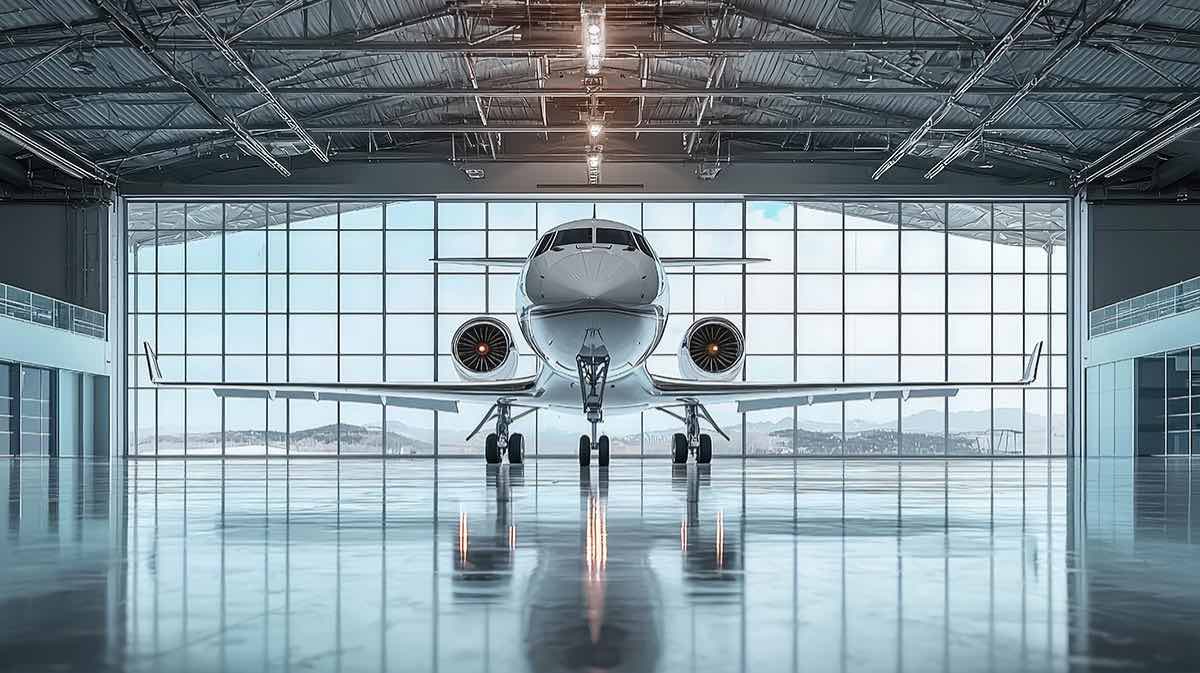The transition from flying piston-engine planes to piloting high-performance aircraft is a significant and exhilarating step in a pilot’s career. It demands a deeper understanding of advanced systems, a precise set of skills, and an unwavering commitment to continual learning. Below, we’ll explain the transformative process pilots undergo when transitioning to the world of high-performance jets and offer insights into the additional training, certifications, and experience required to make this ambitious leap.
The Lure of High-Performance Aircraft
Transitioning successfully from piston-engine planes requires a dedicated approach to instruction and a mindset geared toward constant improvement.
Training and Certifications: Your Passport to Jets
For pilots accustomed to lighter aircraft, the pathway to high-performance jets starts with additional training and certification. This often begins with obtaining a High-Performance Endorsement, which allows pilots to operate aircraft with more than 200 horsepower. After mastering these more powerful planes, the next step is an advanced rating, such as a commercial pilot license, which involves more complex maneuvers and a deeper understanding of aviation regulations.
However, pilots must pursue a type rating specific to the jet they wish to fly. This certification process is rigorous and demands a thorough comprehension of the aircraft’s systems, performance parameters, and emergency procedures. The training involves classroom instruction, simulator sessions, and actual flight training to ensure that the pilot can safely operate the jet under all conditions.
Mastering Advanced Avionics
Modern aircraft come equipped with state-of-the-art avionics that far surpass the equipment found in piston-engine planes. To transit effectively, pilots must become proficient with these complex systems. This includes understanding glass cockpits, flight management systems (FMS), and autopilot functions, as well as keeping abreast of advancements in technology that can enhance flight safety and efficiency.
The emphasis on technologically advanced avionics means that pilots transitioning have to adopt a mindset of continuous education. They must not only be capable of using these systems to their full potential but also need to be prepared to adapt as avionics evolve.
Handling Speed and Complexity
The transition from the manageable speeds of piston-engine aircraft to the swiftness of jets requires a mental shift for pilots. High-performance jets fly at speeds where reaction time is compressed, and decisions must be made rapidly. Pilots must adjust to this new pace, honing their quick thinking and problem-solving skills to match the demands of faster flight.
Additionally, the complexity of these aircraft’s systems means pilots have to familiarize themselves with a broader range of factors. From hydraulics to pressurization systems and understanding aerodynamics at higher altitudes, pilots must become adept at managing and monitoring multiple elements that ensure safe and efficient jet operation.
Gaining Experience and Building Hours
Real-world experience is indispensable when transitioning to high-performance aircraft. Logically progressing from single-engine pistons to multi-engine turbines, and eventually, jets, helps pilots build confidence and develop the foundational experience needed for more complex operations. Each new level of aircraft performance brings with it lessons that form the bedrock of a pilot’s skill set.
Flight hours matter, as they are a tangible measure of a pilot’s in-flight experience. Airlines and employers often set minimum requirements for jet pilots, which drives the importance of accumulating flight time in ever-more sophisticated aircraft. The more hours logged, the more in tune a pilot becomes with the nuances of high-speed, advanced aviation.
Embrace the Journey With LEFA
The journey from piston-engine planes to commanding high-performance jets requires a disciplined approach to training, certifications, and experience. Pilots must embrace the challenges of mastering advanced avionics, handling higher speeds, and managing complex aircraft systems, all while maintaining an unwavering focus on safety. LEFA provides the structure, guidance, and expertise to support pilots ready to make this transition.
